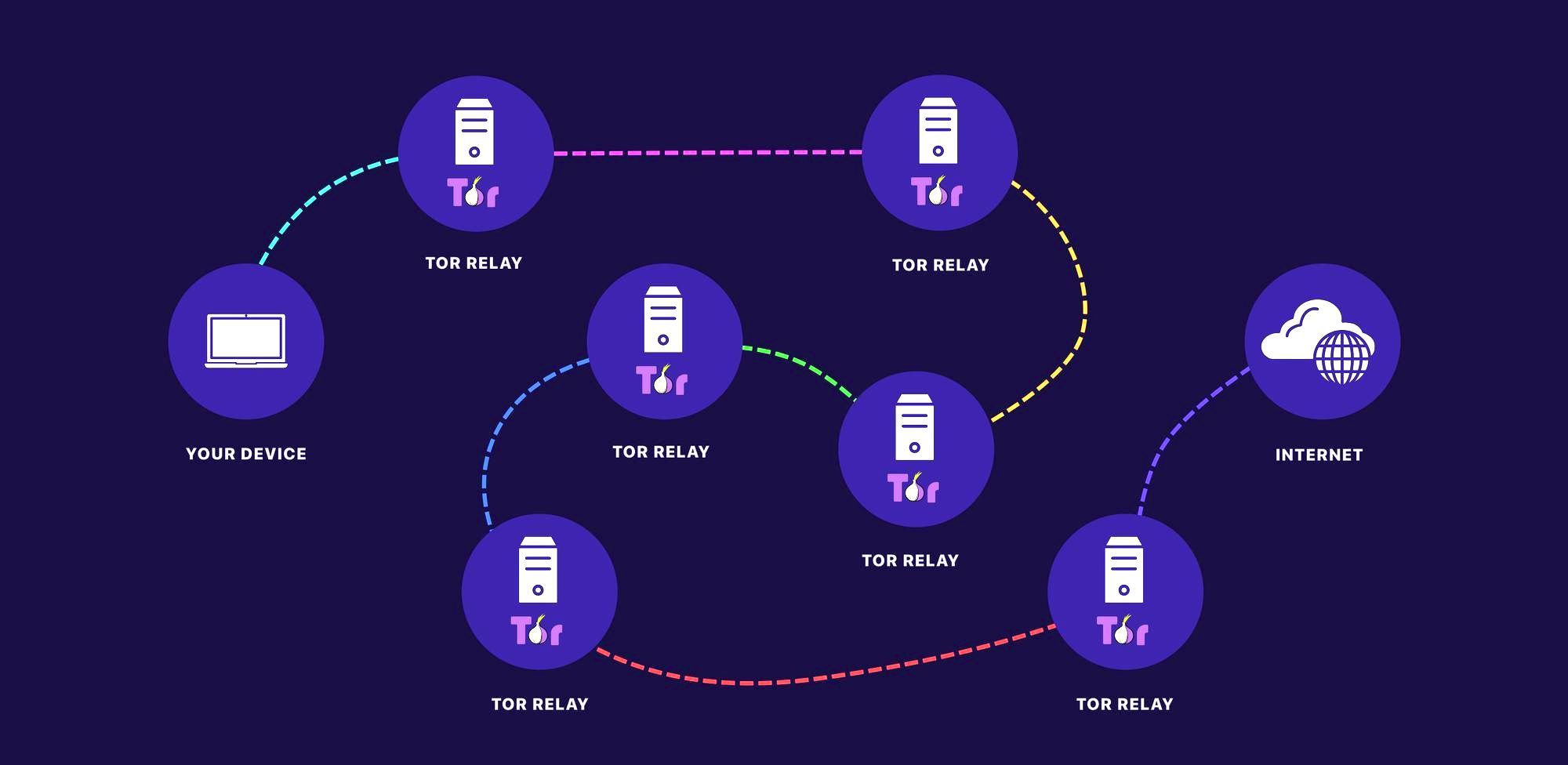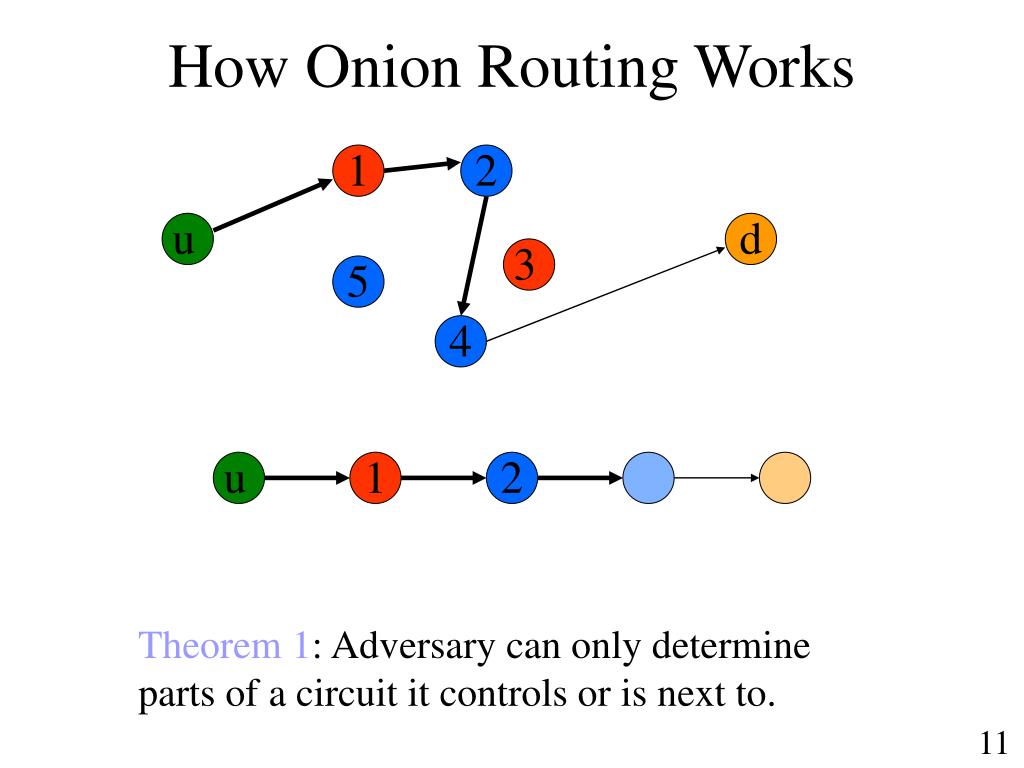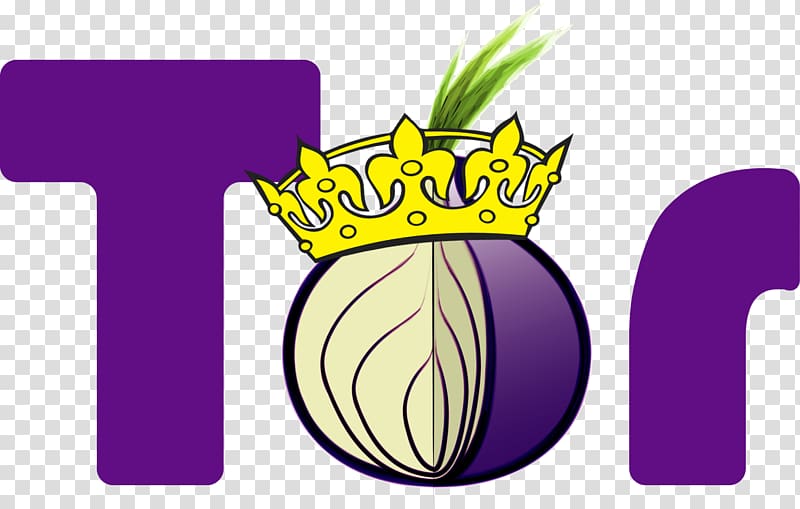
Instead, it turns your computer (or the computer of the person you’re talking to) into an onion service, so that you can connect directly through Tor without any middleman.Society’s widespread use and extensive dependence on the internet has resulted in a large variety of mechanisms used to target and surveil users online. And a next-generation tool called Ricochet takes the IM implementation of Tor yet another step, cutting servers out of the picture altogether.

With that setup, who might want to compromise the messages can't locate the servers that host them. That means your connection to whatever server is running that chat service routes over Tor, so that the server can’t in theory identify your IP address or location.Īnother app called TorChat goes a step further, allowing you to instant message using servers that themselves run as Tor onion services, which can only receive incoming connections through Tor. The Tor Project offers a program called Tor Messenger, which allows you to combine Tor with the chat protocols Jabber, IRC, Google Talk, and others. It’s easy to route not just your web browsing over Tor, but instant messaging, too. Tor’s update has made those onion services less easily discovered and strengthened their encryption. Beyond merely covering your tracks as you visit websites, the new feature has opened Tor up to a new range of applications, enabling a new generation of whistleblowing platforms and new forms of untraceable messaging.


All of that makes it very difficult for anyone to trace your connection from origin to destination-not the volunteer computers relaying your information, not your internet service provider, and not the websites or online services you visit.Įarlier this month, Tor announced an update to its so-called onion services, which use Tor’s anonymizing features to hide not just individual people on the web, but servers too, allowing for so-called dark web or darknet sites and other services that can’t be physically traced to any locatable computer.

Tor protects your identity online-namely your IP address-by encrypting your traffic in at least three layers and bouncing it through a chain of three volunteer computers chosen among thousands around the world, each of which strips off just one layer of encryption before bouncing your data to the next computer.


 0 kommentar(er)
0 kommentar(er)
